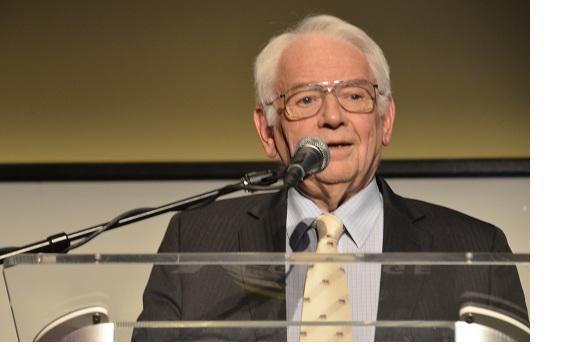University budget outlook not entirely bleak
Senior Vice President Maurice Scherrens described the university’s budget outlook last week as “good news in the context of bad news.” Provost Peter Stearns expressed similar sentiments.
Out of the $51 million allocated to Virginia’s 15 public universities in the governor’s proposed 2012-14 budget, Mason would receive approximately $6 million. The projected allotment, outlined at a recent budget forum, would be the third highest behind ODU and VCU.
“The government put in $6 million and we weren’t expecting anything,” Scherrens said following the forum. “We’re in a much better place than I thought we’d be.”
Scherrens said Mason usually aims for at least 10 percent of the overall budget, and the proposed $6 million accounts for 12 percent of the $51 million total.
While Mason would receive the third highest percentage of state funds, it’s 80 percent in-state enrollment—near the top of Virginia universities—means the university would receive less funds per in-state student than any other state institution.
Whatever challenges the new budget may pose for the university, Mason remains committed to “balancing affordability and accessibility,” said Scherrens.
Mason currently ranks eighth among the 15 Virginia state universities in terms of annual tuition and fee rate.
The university’s budget priorities for 2012-14 include improving operating funds, providing for financial aid and scholarships, and increasing research conducted at Mason.
The forum was held in the Johnson Center Cinema last Wednesday, Feb. 1. Scherrens was joined at the podium by Mason Provost Peter Stearns, who plans to retire from his current position in 2013.
While Stearns said it’s too early to tell definitively, the university expects a 5 percent increase for in-state tuition rates next year if the current budget proposal passes. This past fall, the university experienced a 6 percent increase in tuition rates.
Variables that could affect future tuition rates, for better or worse, include employee compensation rates, tuition waiver programs, student enrollment funding, and financial aid, according to Stearns.
Also covered at the forum were the university’s highest priority construction projects, which include plans for a new Health and Human Services building, a new Economics building, and renovations to Robinson Hall and the baseball stadium.
Other future projects include building additions to Fenwick Library and Ike’s, as well as renovation of the Field House.
During and after the meeting, Stearns and Scherrens stressed that the budget proposal is still awaiting approval and everything mentioned above is subject to change until final approval by the Board of Visitors in May.

